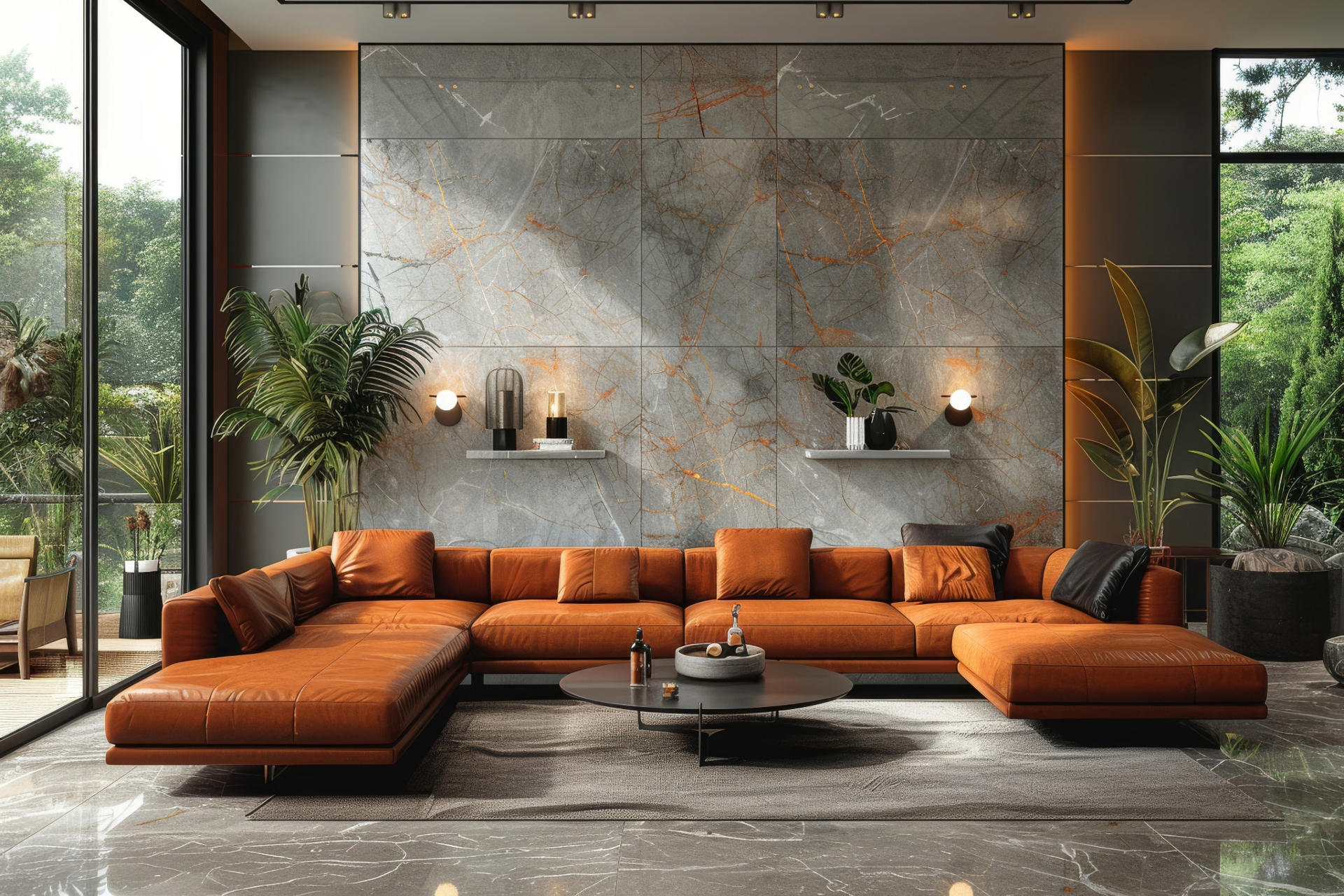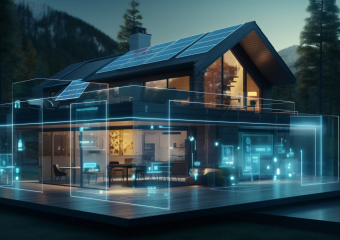Designing Tomorrow: Architectural Trends Defining Modern Living
Designing tomorrow’s living spaces involves more than just creating aesthetically pleasing structures—it’s about envisioning how architecture can respond to evolving lifestyles, environmental challenges, and technological advancements. As we move deeper into the 21st century, architectural trends are rapidly redefining what modern living means, blending form, function, and sustainability in ways that were once the realm of science fiction.
Embracing Sustainability in Modern Architecture
One of the most prominent trends shaping future architectural design is sustainability. Architects today are increasingly prioritizing eco-friendly materials, energy-efficient systems, and green building certifications to minimize environmental impact. From solar panels integrated seamlessly into rooftops to rainwater harvesting systems that reduce water consumption, sustainability is a guiding principle behind many new projects.
Beyond the materials and energy use, designing with nature in mind is becoming a hallmark of modern living. Buildings are crafted to maximize natural light and ventilation, reducing the need for artificial heating and cooling. Incorporating indoor plants and green walls not only improve air quality but also enhance residents’ connection to nature, boosting overall well-being.
Smart Homes: Where Technology Meets Architecture
The integration of technology into living spaces is transforming houses into smart homes, where convenience and customization are paramount. This architectural trend focuses on designing spaces equipped with advanced automation systems controlling lighting, climate, security, and entertainment with just a voice command or a tap on a smartphone.
Future-centric designs also consider the infrastructure necessary to support emerging technologies such as electric vehicle charging stations, high-speed internet connectivity, and adaptive environments that can adjust according to the occupant’s preferences. Architects collaborate with engineers and tech experts to ensure these systems are not only functional but also aesthetically integrated to preserve the home’s design integrity.
Flexible Spaces for a Dynamic Lifestyle
Modern living demands adaptability as work, leisure, and social interactions increasingly overlap within the home environment. Architects are responding by designing flexible spaces that can transform to meet different needs throughout the day. Movable walls, folding furniture, and multipurpose rooms allow residents to customize their environment without sacrificing style or comfort.
This versatility reflects a larger cultural shift toward minimalism and efficiency. Smaller footprints are being optimized with clever storage solutions and open floor plans that foster a sense of spaciousness. The ability to reconfigure spaces supports remote work, homeschooling, exercise routines, or entertaining guests, all within the same four walls.
Biophilic Design: Connecting People and Nature
Biophilic design is a growing trend that recognizes the deep human connection to nature and seeks to incorporate it directly into architecture. This approach manifests through the use of natural materials like wood and stone, abundant daylight, water features, and views of the outdoors.
Studies have shown that biophilic environments reduce stress and promote cognitive function, making this trend particularly valuable as urban density rises and people spend more time indoors. Modern buildings with courtyards, terraces, and gardens create peaceful sanctuaries that nurture both physical health and mental clarity.
Minimalism and Clean Lines: The Aesthetic of Modernity
Visually, the defining characteristic of many contemporary homes is a minimalist aesthetic paired with clean, sharp lines. Simple geometric shapes, uncluttered spaces, and neutral color palettes evoke a sense of calm and order. Large windows blur the boundaries between inside and outside, inviting nature in and naturally augmenting indoor lighting.
This style prioritizes quality over quantity—using fewer, better materials to create timeless and elegant spaces. It’s a counterbalance to the overstimulation of modern life and digital overload, offering serene retreats to recharge.
Conclusion: Architecture as a Reflection of Tomorrow’s Values
The architectural trends defining modern living are ultimately a response to new priorities—sustainability, technology, flexibility, and connection to nature. Designing tomorrow means creating spaces that not only address practical needs but also enrich the lives of those who inhabit them.
As architects innovate and refine these concepts, the homes and buildings of the future will stand as symbols of our commitment to responsible living and human-centered design, proving that the foundations of modern living are built on thoughtful creativity and an earnest hope for a better world.







